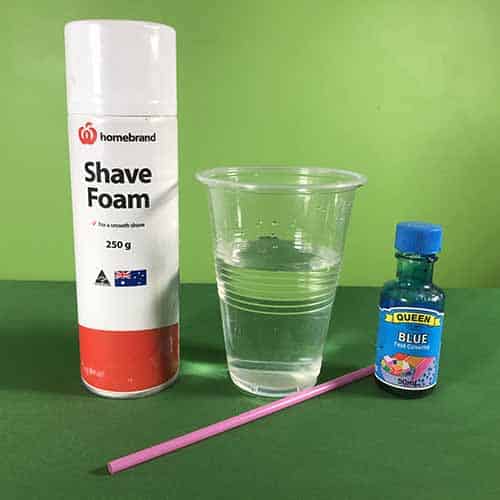
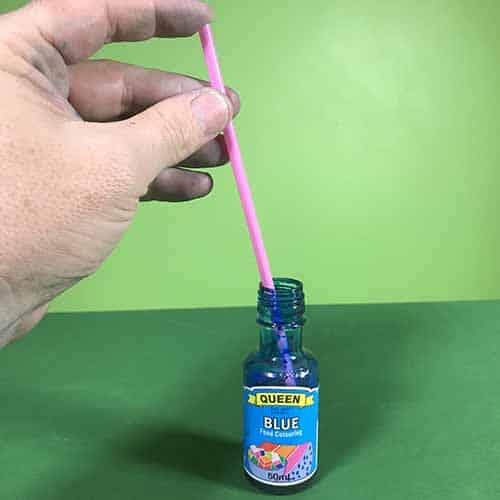
Use the straw to collect some of the blue food colouring. Place the end of the straw into the food colouring and then put your finger on top of the straw. As long as you keep your finger on the end of the straw, you should now be able to lift up the straw without the food colouring falling out.
This works due to air pressure pushing the food colouring up into the straw. An example of this can be seen in the upside-down water cup experiment!
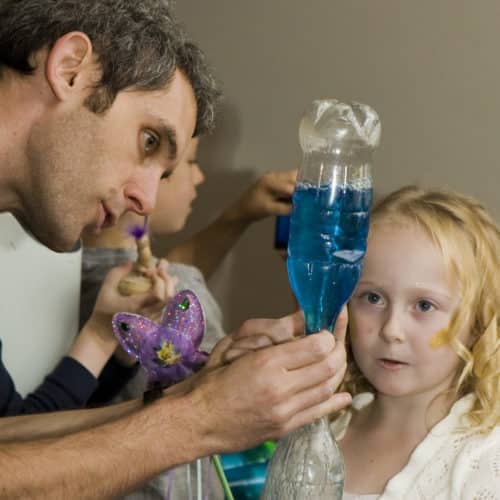
School science visits since 2004!
– Curriculum-linked & award-winning incursions.
– Over 40 primary & high school programs to choose from.
– Designed by experienced educators.
– Over 2 million students reached.
– Face to face incursions & online programs available.
– Early learning centre visits too!
Why Does This Happen?
Food colouring is denser than shaving cream and water. As such, the food colouring drops to the bottom of the cup, acting like rain!
Rain is a form of precipitation, whereby water vapour in a cloud condenses to form large enough drops to then fall out of the sky. Precipitation can take many forms: rain, drizzle, hail, snow and sleet. It all has to do with relative humidity, which means how much water there is in the air compared to the temperature. Warmer air can hold more water vapour than colder air.
- If the temperature rises and the amount of water in the air is the same, the relative humidity has fallen.
- If the temperature falls and the amount of water in the air is the same, the relative humidity has risen.
If the temperature of the air falls past the temperature needed for water to condense, the water in the air will form liquid droplets which will fall as rain. We call the temperature that water vapour condenses the dew point. If it is cold enough (below freezing at ground level), these water droplets will rapidly freeze and form snow which can reach the ground if this temperature is below freezing at ground level.
Rain is a major part of the water cycle, where evaporating water from water bodies and forms clouds which eventually forms rain to begin the process over again.
Variables to test
- Try different food colours
- If you place shaving cream on another liquid such as canola oil or glycerine, does the experiment work?
- Can you use a different foam on top of the water such as pea foam or soap foam?
Working with Water
Years K to 2
Maximum 30 students
School workshop (NSW & VIC)
60 or 90 minutes
Online Class Available
STEM Full Day Accelerator - Primary
Designed from real classroom experiences, this modular day helps you create consistently effective science learning that directly address the new curriculum with easily accessible and cost-effective materials.
Hands-on Kids Science Party
>20 hands on science experiments
Gigantic bubbles
Slime making
Professional science show
From $395 inc. GST
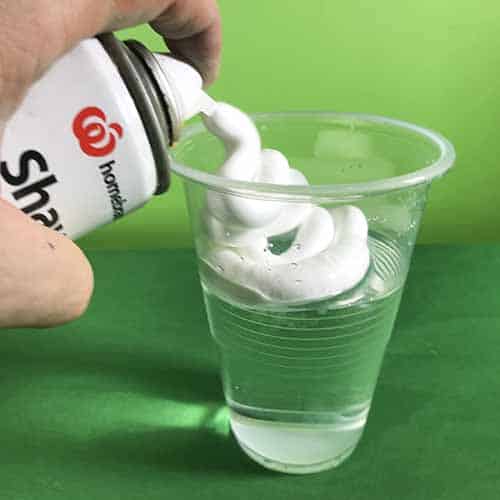
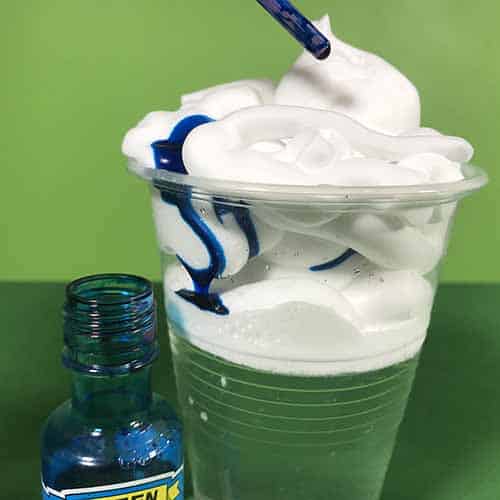

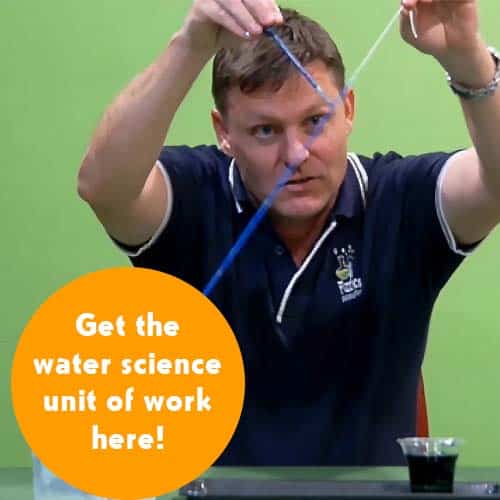
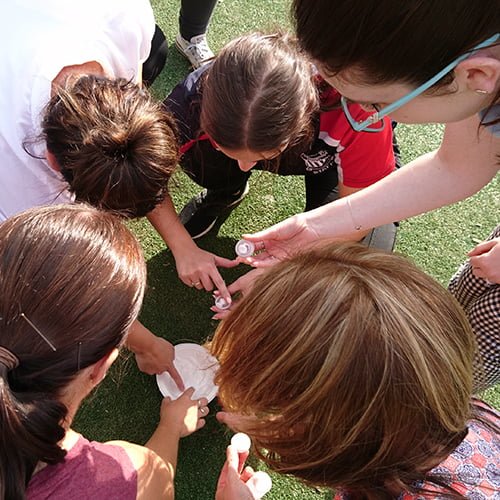
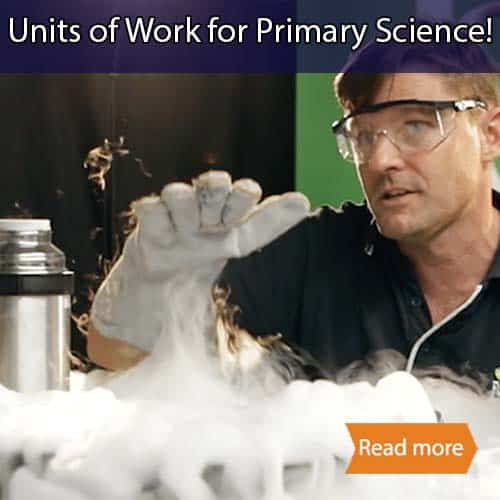
























I would like to learn more about science experiments so that I can get the idea for my science experiment. But I love this one.
Great to hear that you liked this science activity! We have a lot of free science experiments on this site to choose from for your project. Just make sure that you include variable testing as part of your experiment as well. There are also pointers on how to make a science poster or a podcast to go with your experiment too!
hi, what grade would you say this is suitable for?
also, would this be considered an experiment that can be assessed during the explore phase of the 5E model?
Hi Emma! This activity is great for the primary years, especially as an initial stimulus activity for the water cycle or alternatively it’s very well in a unit on density. It would fit quite well in the engage or explore phase of the 5E model.